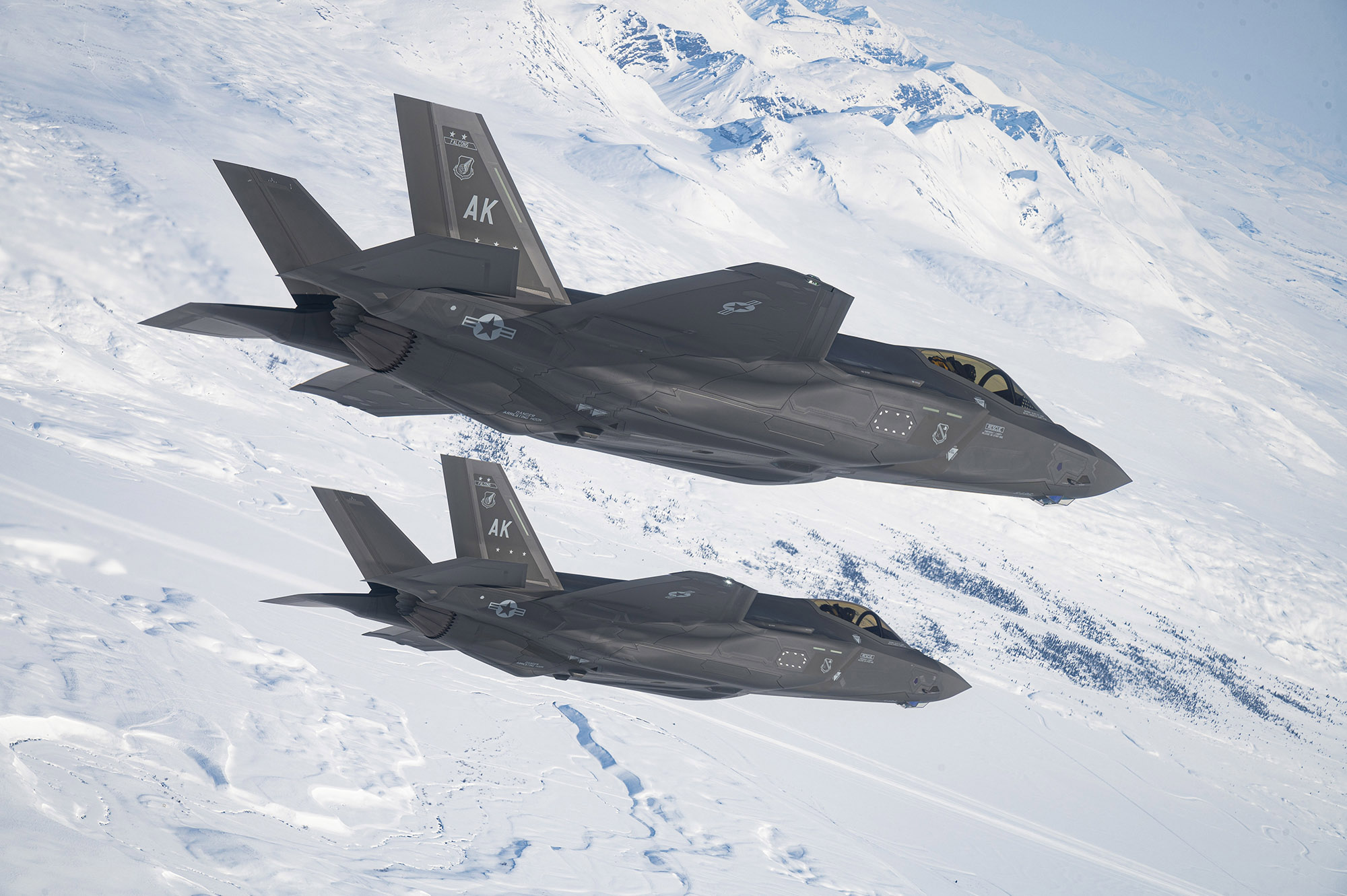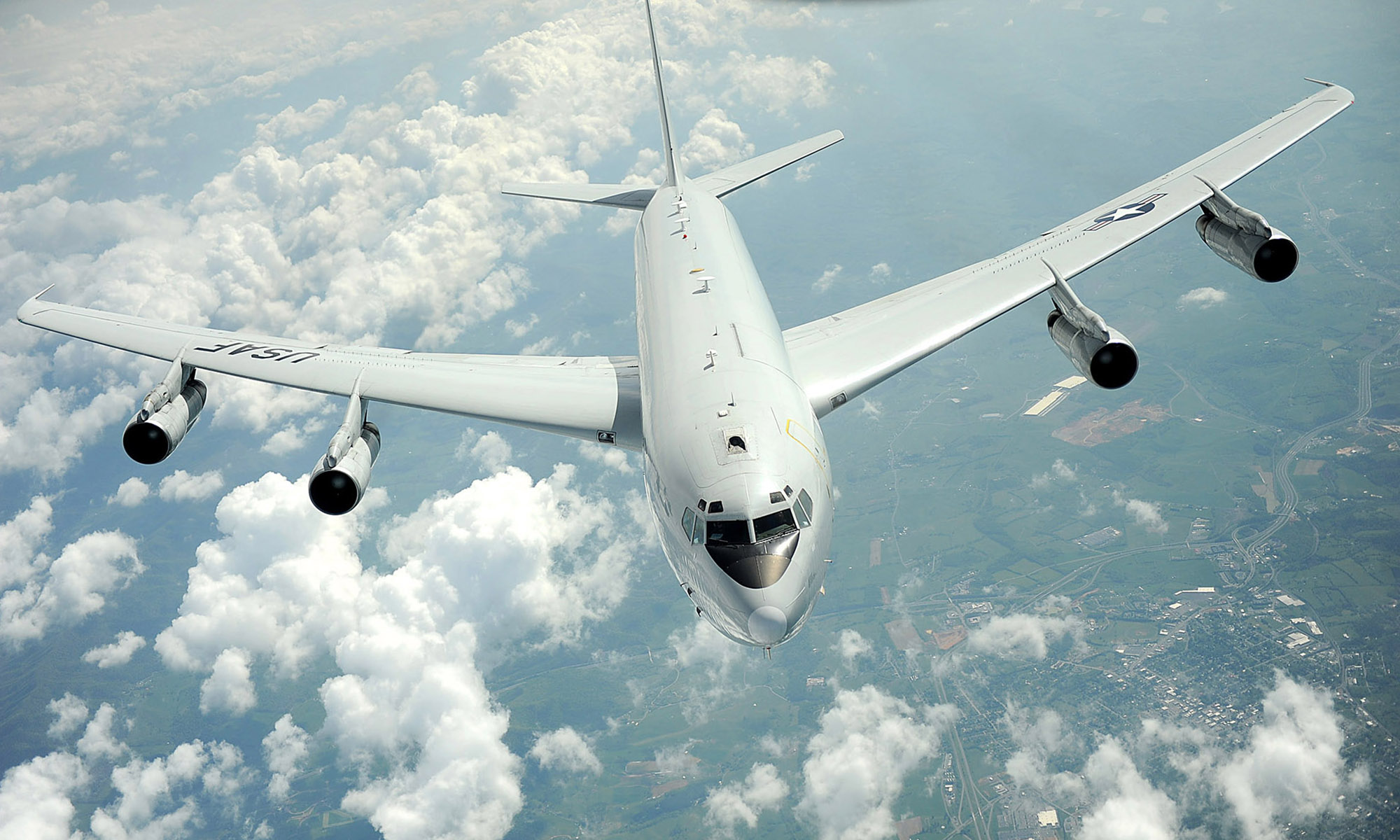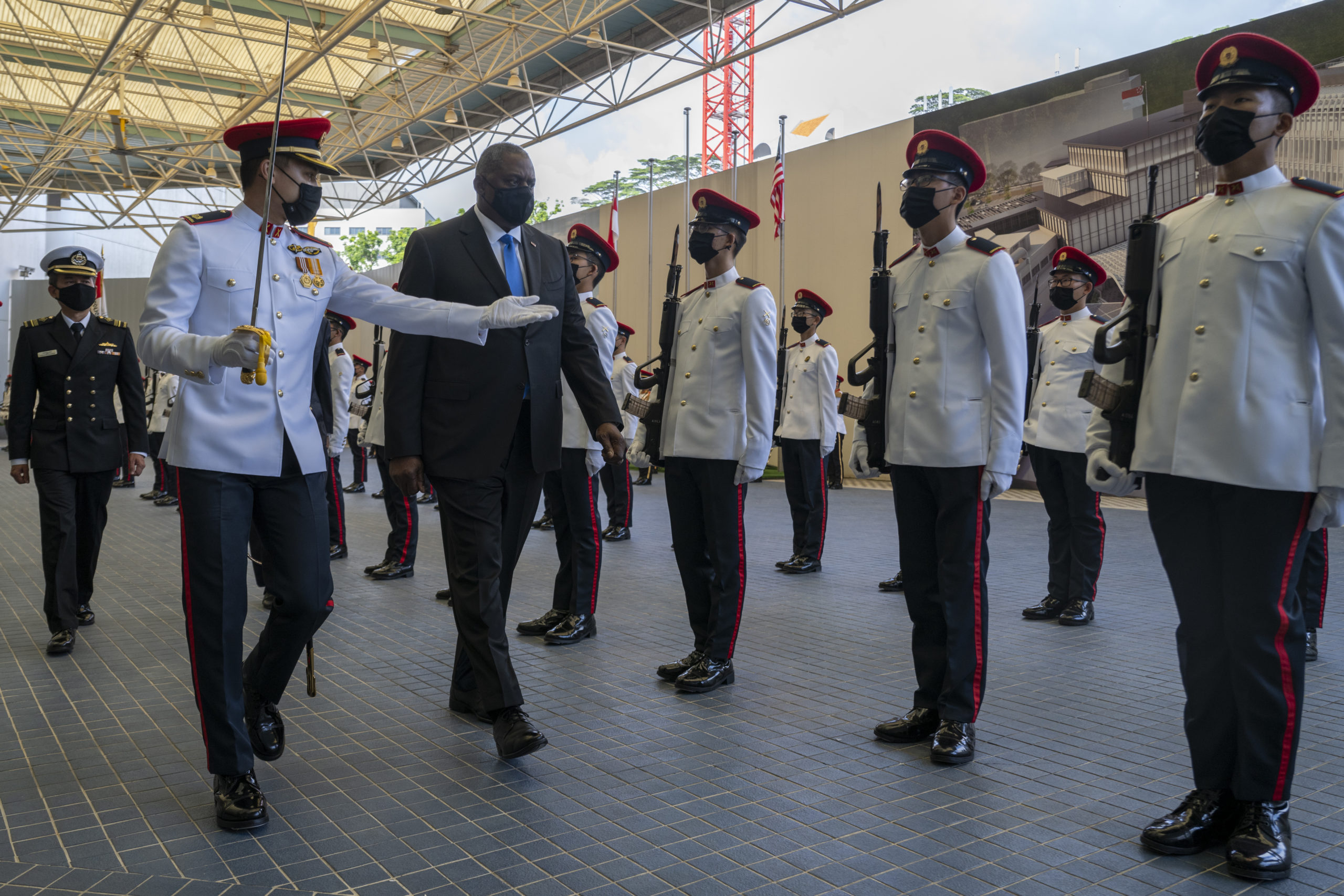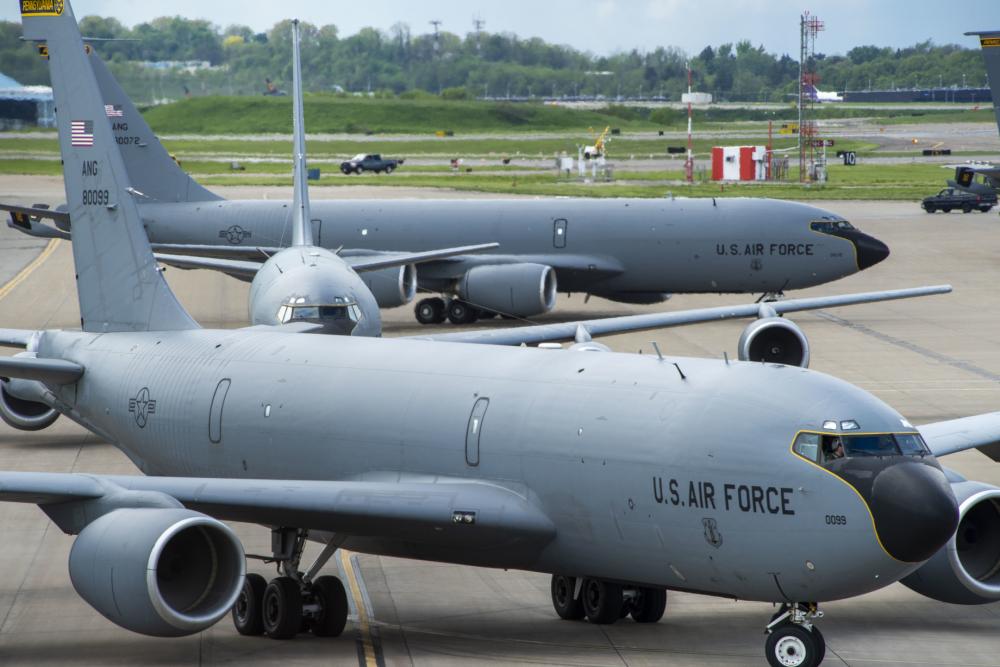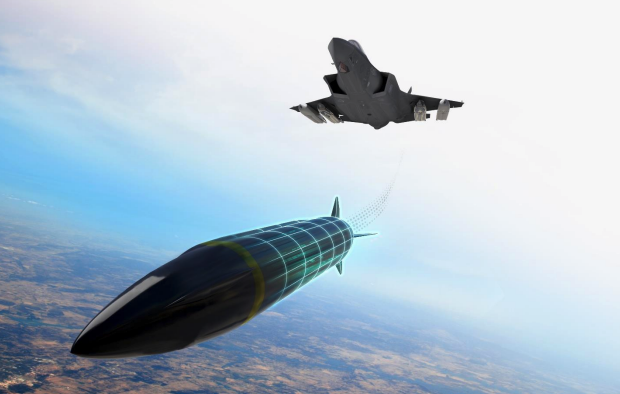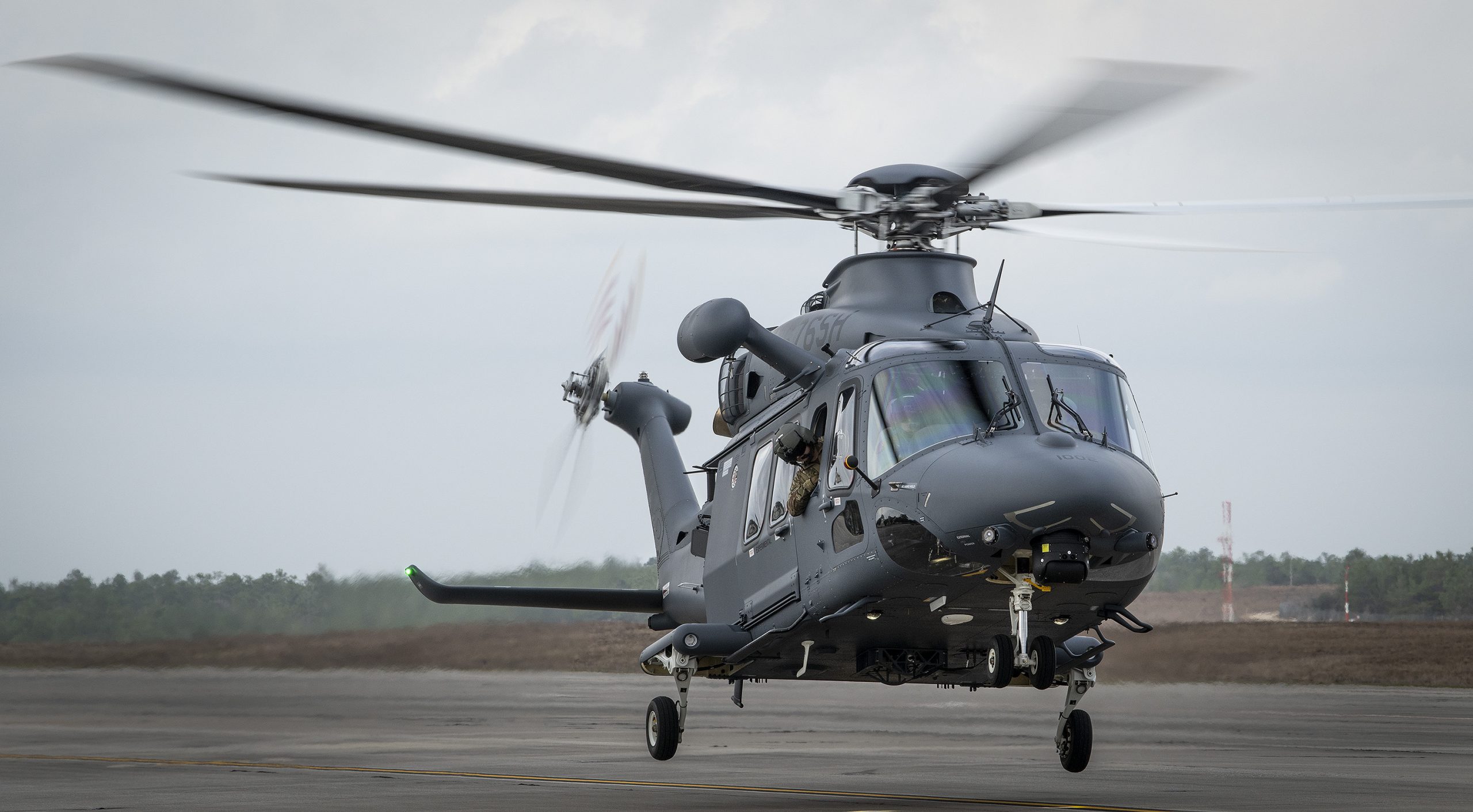The U.S. comptroller general, who oversees the Government Accountability Office, would assess sustainability challenges of the F-35 Joint Strike Fighter and report back to Congress by March 2023 under a House Armed Services subcommittee markup of the fiscal 2023 National Defense Authorization Act.
The readiness subcommittee tasked the comptroller general, Gene L. Dodaro, with what amounts to a lessons-learned evaluation of how well F-35s have fared when deployed—as well as how the left-behind aircraft in their units do during those deployments—to assess the adequacy of spare parts and other elements of the F-35 support enterprise.
The subcommittee has been vocal about its displeasure with F-35 sustainment costs and availability rates. Panel chair John Garamendi (D-Calif.) has pledged to fight hard to block his colleagues from adding more F-35s than the Pentagon asks for, noting that adding aircraft before the support enterprise is ready for them only worsens the readiness problem. Congress has added a dozen aircraft to the Air Force’s F-35 request for several years running.
The committee noted “sustainment challenges” with the F-35, “including problems associated with the global supply chain and the F-35 logistics software,” which is transitioning from the Autonomic Logistics Information system (ALIS) to the Operational Data Integrated Network (ODIN).
It’s essential that lessons be captured from Air Force F-35A deployments to the Middle East and Navy/Marine Corps cruises with the F-35B/C on amphibious ships and carriers, and longer-term Marine operations with the F-35B in Japan, the panel said, and it wants the comptroller to conduct a “comprehensive” review of “operational capabilities and challenges” of the F-35.
Specifically, the comptroller would examine:
- whether the F-35 met expectations when deployed.
- whether the F-35 experienced sustainment challenges when deployed.
- whether current stocks of spare parts and consumables were adequate to unit needs when deployed.
- challenges of “operating and maintaining F-35s that remain at the air bases or stations from which F-35s are deployed” and
- “any other topics” relative to operating the fighter that the comptroller thinks are relevant.
The comptroller would brief the committee on these matters by March 1, 2023, and the committee would decide at that point how it wanted a report structured to capture the findings.
The military services requested fewer F-35s in the fiscal 2023 budget than they have in recent years. The Air Force has said it prefers to reduce the buy in the near term and accelerate it once the F-35 Block 4 model—which will have numerous improvements—is in production, in the 2024-2025 timeframe.
The services’ reduction in the planned buy is one reason cited for a long delay in striking a deal for Lots 15-17 of the F-35, the Joint Program Office said. A handshake deal was expected as early as October 2021 but is now more than seven months late as the JPO and F-35 prime contractor Lockheed Martin negotiate over higher costs also having to do with unprecedented inflation and supply chain issues.
Both Lockheed Martin and the JPO have warned over the last year that unit prices for Lot 15-17 will be higher than the $79.2 million per copy price in the last lot; and that a nearly 10-year pattern of year-over-year F-35 unit cost reductions has come to an end.
